How to Take Care of Turf Properly

Many people pride themselves on the state of their grass. It is a passion that has them mowing and edging along with various reseeding, feeding and general turf care to make it look incredible.
You may want to have your turf look like a golf course green, and it is achievable with the right equipment and know-how. To aid you in your grassy quest, this is how to take care of turf.
What Is Turf?
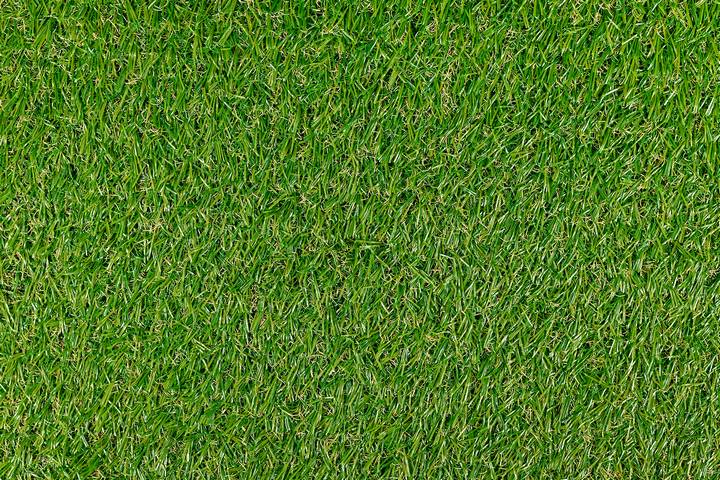
When you hear the word turf, it may bring up images of artificial grass made from synthetic material. While this is true, it is more accurately called artificial turf.
Turf on its own is the grass you have around your house that comes in many different species and is cared for by mowing regularly. 10s of 1000s of grass blades make up a lawn and are often customized to be disease-resistant and able to take heat, shade and constant foot traffic.
You can grow your turf from seed or buy it as sod in rolls or sheets that are simply placed on top of prepared soil, and you have a lawn to be proud of.
How to Care for Your Turf
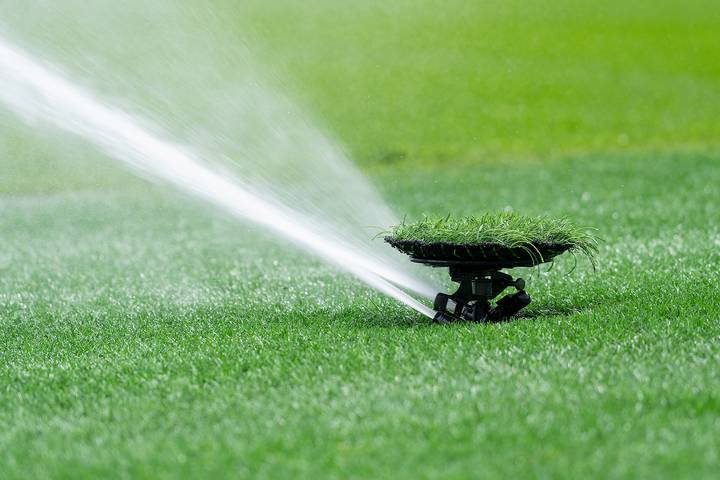
Once you are ready, it’s time to sow seeds or place your sod on the ground. To get a lovely bed of green turf, it needs attention throughout the year to maintain its appearance and health. You can prepare by investing in various turf equipment.
This is achieved first through the germination process by:
Watering
New turf must be watered regularly so the ground never dries out. It needs time to adjust and connect to the ground below. For seeds, they require H2O to start the germination process, as this is when moisture allows them to sprout.
Sunshine
This is nature’s powerful growing medium that gives warmth to your turf and provides the energy to grow.
Oxygen
Oxygen must be present in the soil as the new sprouts take hold and sod works to connect to the ground. Too much water or compacted soil won’t allow enough oxygen to aid in the grass’s survival.
Light
The sun is also responsible for light, as your turf needs photosynthesis to be fed.
This germination period sets the tone for how well your grass grows.
Mowing
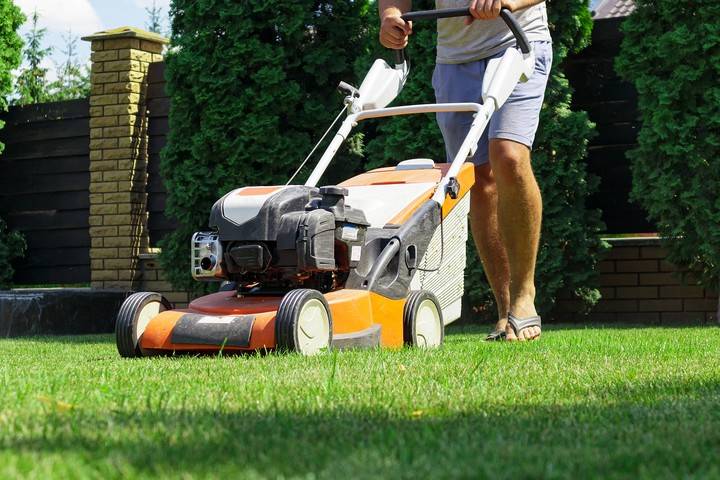
Now that your grass has taken hold and is connected to the soil, it’s time for a haircut. This is usually done when the turf is solid in the ground, and you can test it by grabbing hold of a handful of grass and pulling it upwards. If the blades pull through your hand, it’s ready to mow, but if the earth is moving, give it a few more days to fully set in.
Your first cut should be with a mower on a high setting, so you just cut the tips off. Cutting grass not only makes it look better, it signals the grass to grow new leaves at the base. This makes a thicker bed that is harder for weeds to penetrate. Your mower blades should be clean and sharp so it doesn’t leave jagged cuts on the turf, as this makes it harder for the grass to repair itself and ward off disease.
Feeding
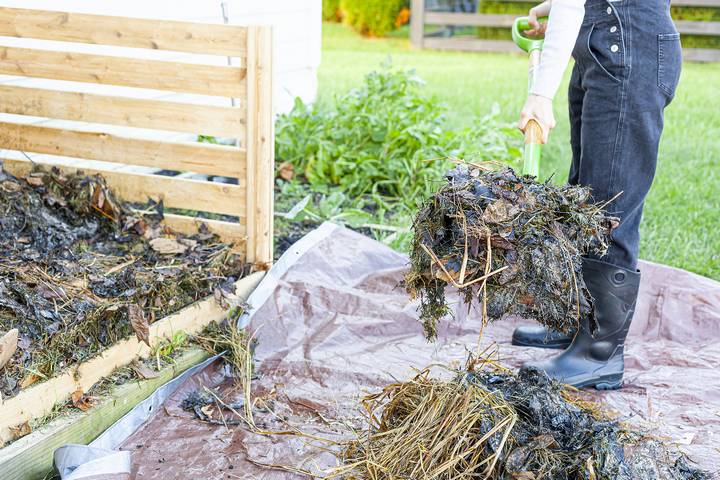
Your lawn can get hungry, so it’s a good idea to give it some healthy nutrients to encourage optimal growth. The compost is perfect, and the grass clipping should stay in place to provide more nutrients.
Aerating
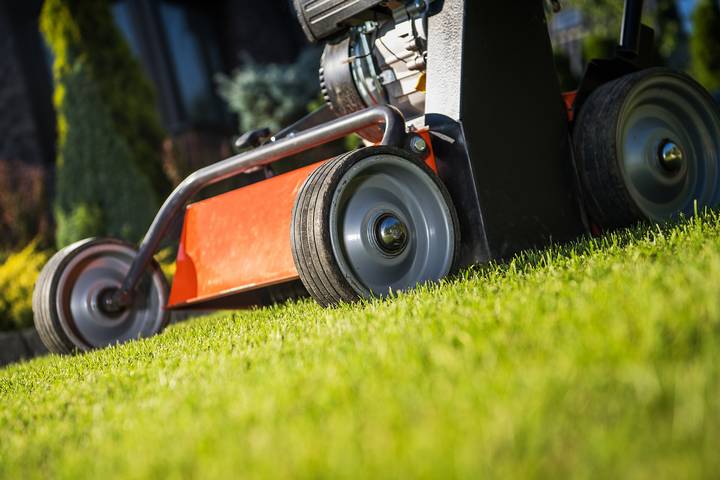
Your turf can get compacted, especially with high foot traffic, so it should be aerated in the fall so water, nutrients and air can reach the roots of the plants.
Overseeding
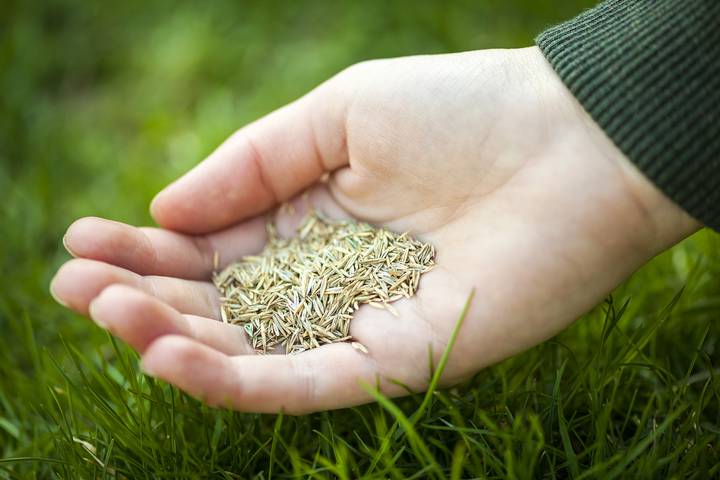
Often, you will find that there are some sparse or bare spots on your turf. This can be managed by reseeding the area with the same grass seed as the rest of the lawn. Follow the rules for the new seed and watch it join the group in no time.
Turf Equipment
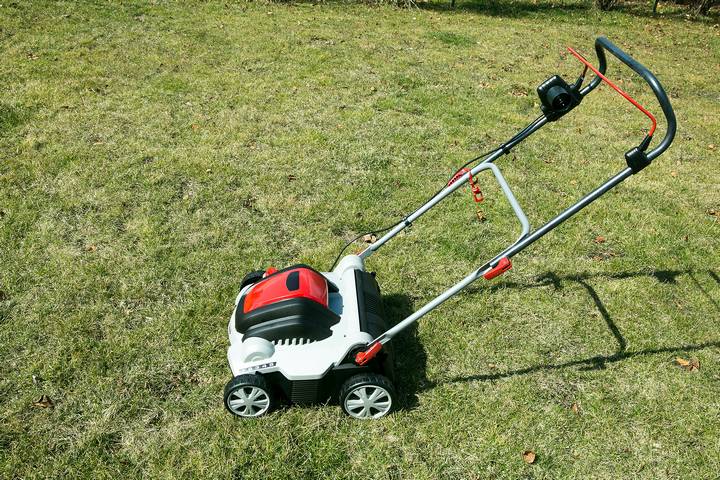
We can’t discuss caring for your turf without mentioning the right equipment. This is what you need to not only maintain your turf but allow it to flourish. Depending on the size of the area where you have turf, you should have:
Lawn Aerator
There are several types to get, from manual tools to motor-driven aerators and attachments to your tractor.
Rakes
Different types of rakes work for specific purposes, from spreading and levelling soils to collecting leaves and debris.
Leave Blower
This is a handy tool for caring for large areas where leaves have fallen.
Mower
A mower is your most important tool, and there is a wide variety of mowers. For small turf spots, a push mower is sufficient, but as the grassed area increases, you probably need a ride-on mower. This saves time and cuts extremely well. There are also tractor attachments for larger acreage.
Edger
An edger cleans up border areas around concrete and pavement, giving you a tidy and professional appearance. They can be manual or motorized.
This is how to take care of turf. Implement this into your turf maintenance routine, and the result will be a lawn that is the envy of the neighbourhood.


















